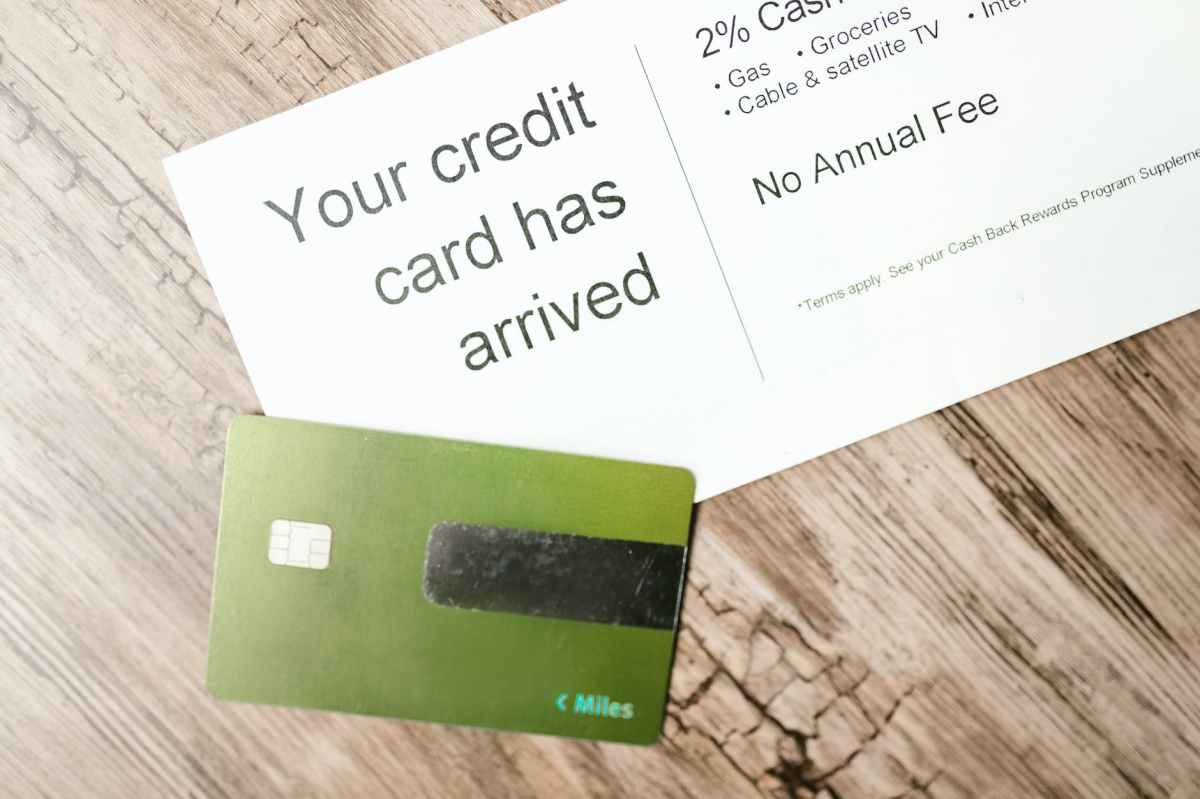Sometimes bad financial situations happen to good people and bankruptcy is the only way out. But it’s not all doom and gloom! It’s possible to put your credit back on track and qualify for a mortgage, even after bankruptcy.
Here’s how:
• Find the right lender. Unlike mainstream lenders, non-conforming lenders will usually provide financing after a bankruptcy, if you can demonstrate that you’re now a good credit risk and have sufficient income. I can help you with that.
• Wait a couple of years. Most lenders won’t approve a mortgage until two years after bankruptcy.
• Have a good reason. If bankruptcy was due to factors beyond your control, you’re more likely to get a mortgage. Reasons such as poor money management and excessive debt aren’t looked at favorably.
• Save a down payment. Most lenders will consider a 10% down payment (your own funds, not borrowed or a gift), or even 5% in some instances. However, the higher your down payment, the lower your interest rate will be.
• Re-establish good credit. Get a copy of your credit report from Equifax, Experian or Trans-Union, and work on building a recent record of on-time payments on major bank or credit cards. Missing a payment at this stage could lead lenders to decline you. By rebuilding your creditworthiness, you can raise your credit score, which will lower the rate you’ll end up paying.
• Work to keep your rate low. Most lenders charge a higher rate for previous bankruptcies, and some charge extra fees. You can keep your rate as low as possible by waiting for two years after discharge, re-establishing good credit, raising your credit score, saving your own down payment, maintaining good debt servicing ratios, and demonstrating a long term history of job stability.
• Don’t do it alone. As your mortgage professional, I can coach you on how to improve your credit score over time and help you source an affordable mortgage despite bruised credit. If you—or someone you know—would like a free, no obligation consultation, call me today!









